A faint waft of malt drifts over the walls of the tranquil Mount St Bernard Abbey in central England as brewmaster monks are hard at work within.
Faced with dwindling revenues from dairy farming, the monks at the Trappist monastery in Leicestershire decided about six years ago to swap milk for beer.
They sold the cows and spent five years setting up a state-of-the-art brewery that can produce about 300,000 bottles a year of “Tynt Meadow” — only the 12th beer in the world to receive the centuries-old Catholic order’s coveted seal of approval.
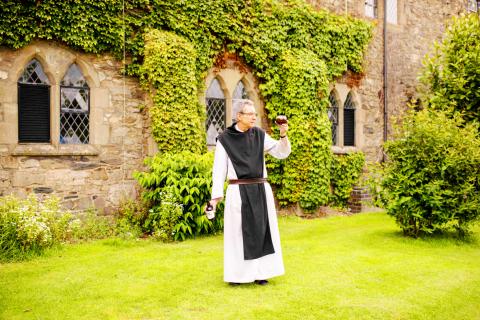
Photo: AFP
To qualify as an “Authentic Trappist Beer,” it is brewed within the monastery’s walls under the community’s control and responsibility, and the revenue it generates is used for social service.
The dark ale with an alcohol content of 7.4 percent last year became the first British brew to be recognized by the International Trappist Association, the order’s trade standards body, following an exacting three-day audit.
Tynt Meadow is named after the plot of land in Leicestershire on which Catholic monastic life was refounded in England in the mid-19th century, about 300 years after the Protestant king Henry VIII shut down the country’s monasteries and convents.
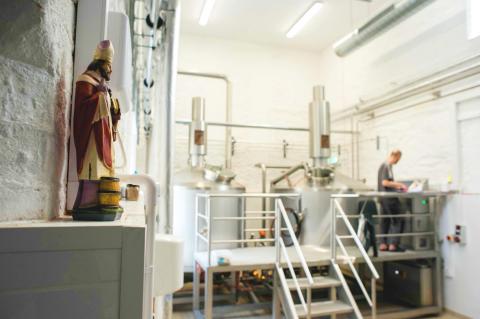
Photo: AFP
It has found an enthusiastic following in the Netherlands and Belgium, and at home among younger Britons who are fuellng the craft beer boom.
“I think people are increasingly fed up with fake and they want authenticity,” monastery head monk Abbot Erik said. “We endeavor to live our life authentically.”
Behind solid limestone walls, a web of pipes and state-of-the-art machinery, custom-made in Germany, churn out about 6,000 bottles with each weekly brew.
The popularity of craft beers and tradition of monastic brewing made the switch from milk an obvious choice, but it also came with challenges.
“We weren’t actually aware that there was a craft beer revolution going on,” Abbot Erik said.
“We were somewhat anxious about that for a bit. I think the other Trappist breweries were also a bit anxious that too many people would want to join the bandwagon,” he said.
The spotless workspace, a former laundry, and the monks’ dedication attest to exacting standards.
One monk, obliged to miss services on brewing day to monitor the high-tech system, joins his brethren in spirit by praying in the brewery, using an iPad app to ensure he is singing from the same page.
“We have our monastic life to live and we can’t let the brewery interfere with that too much,” Brother Joseph said, adding that they would brew only the quantity needed to maintain the monastery and support charities.
Thanks to the time-honored rhythms of monastic life, the brewery unexpectedly found itself in tune with cutting-edge culture, Abbot Erik said.
“The fact we make our beer in an artisanal way, we let the processes take their time, we use select ingredients and there is an important manual component to the work” all fit in with the craft beer trend, he said.
However, it also holds deeper significance, he added.
“Something that appeals to me is that beer is made up of very simple, very humble ingredients,” he said, outside the 19th-century abbey.
“What makes a beer special is that these ingredients are brought together in a specialized environment and then allowed to mature ... and then release a potential that was inconceivable originally, when you just looked at the malt, the hops, the water and the yeast,” he said. “I think there is there something of a parable of what goes on at a deeper level in a monastic community.”
Beer enthusiasts can enjoy the tipple any time, unlike its creators.
They get a taste only on feast days, Christmas and Easter, Brother Joseph said.
“We wouldn’t be great drinkers ourselves, being monks,” he said.

STEPPING UP: Diminished US polar science presence mean opportunities for the UK and other countries, although China or Russia might also fill that gap, a researcher said The UK’s flagship polar research vessel is to head to Antarctica next week to help advance dozens of climate change-linked science projects, as Western nations spearhead studies there while the US withdraws. The RRS Sir David Attenborough, a state-of-the-art ship named after the renowned British naturalist, would aid research on everything from “hunting underwater tsunamis” to tracking glacier melt and whale populations. Operated by the British Antarctic Survey (BAS), the country’s polar research institute, the 15,000-tonne icebreaker — boasting a helipad, and various laboratories and gadgetry — is pivotal to the UK’s efforts to assess climate change’s impact there. “The saying goes
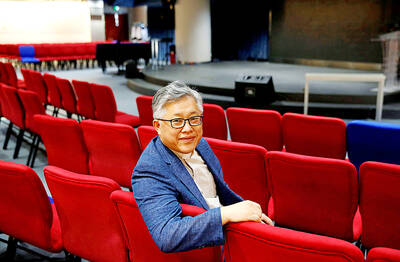
Police in China detained dozens of pastors of one of its largest underground churches over the weekend, a church spokesperson and relatives said, in the biggest crackdown on Christians since 2018. The detentions, which come amid renewed China-US tensions after Beijing dramatically expanded rare earth export controls last week, drew condemnation from US Secretary of State Marco Rubio, who on Sunday called for the immediate release of the pastors. Pastor Jin Mingri (金明日), founder of Zion Church, an unofficial “house church” not sanctioned by the Chinese government, was detained at his home in the southern city of Beihai on Friday evening, said
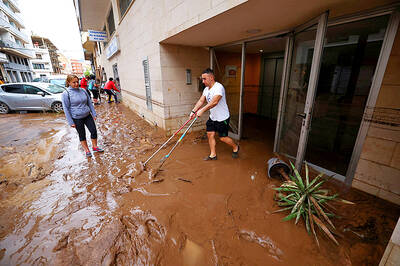
Floods on Sunday trapped people in vehicles and homes in Spain as torrential rain drenched the northeastern Catalonia region, a day after downpours unleashed travel chaos on the Mediterranean island of Ibiza. Local media shared videos of roaring torrents of brown water tearing through streets and submerging vehicles. National weather agency AEMET decreed the highest red alert in the province of Tarragona, warning of 180mm of rain in 12 hours in the Ebro River delta. Catalan fire service spokesman Oriol Corbella told reporters people had been caught by surprise, with people trapped “inside vehicles, in buildings, on ground floors.” Santa Barbara Mayor Josep Lluis
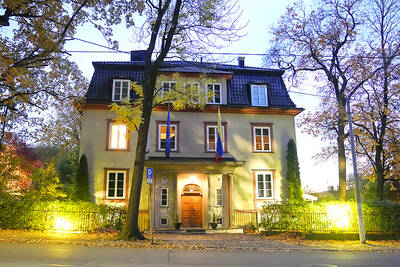
The Venezuelan government on Monday said that it would close its embassies in Norway and Australia, and open new ones in Burkina Faso and Zimbabwe in a restructuring of its foreign service, after weeks of growing tensions with the US. The closures are part of the “strategic reassignation of resources,” Venezueland President Nicolas Maduro’s government said in a statement, adding that consular services to Venezuelans in Norway and Australia would be provided by diplomatic missions, with details to be shared in the coming days. The Norwegian Ministry of Foreign Affairs said that it had received notice of the embassy closure, but no